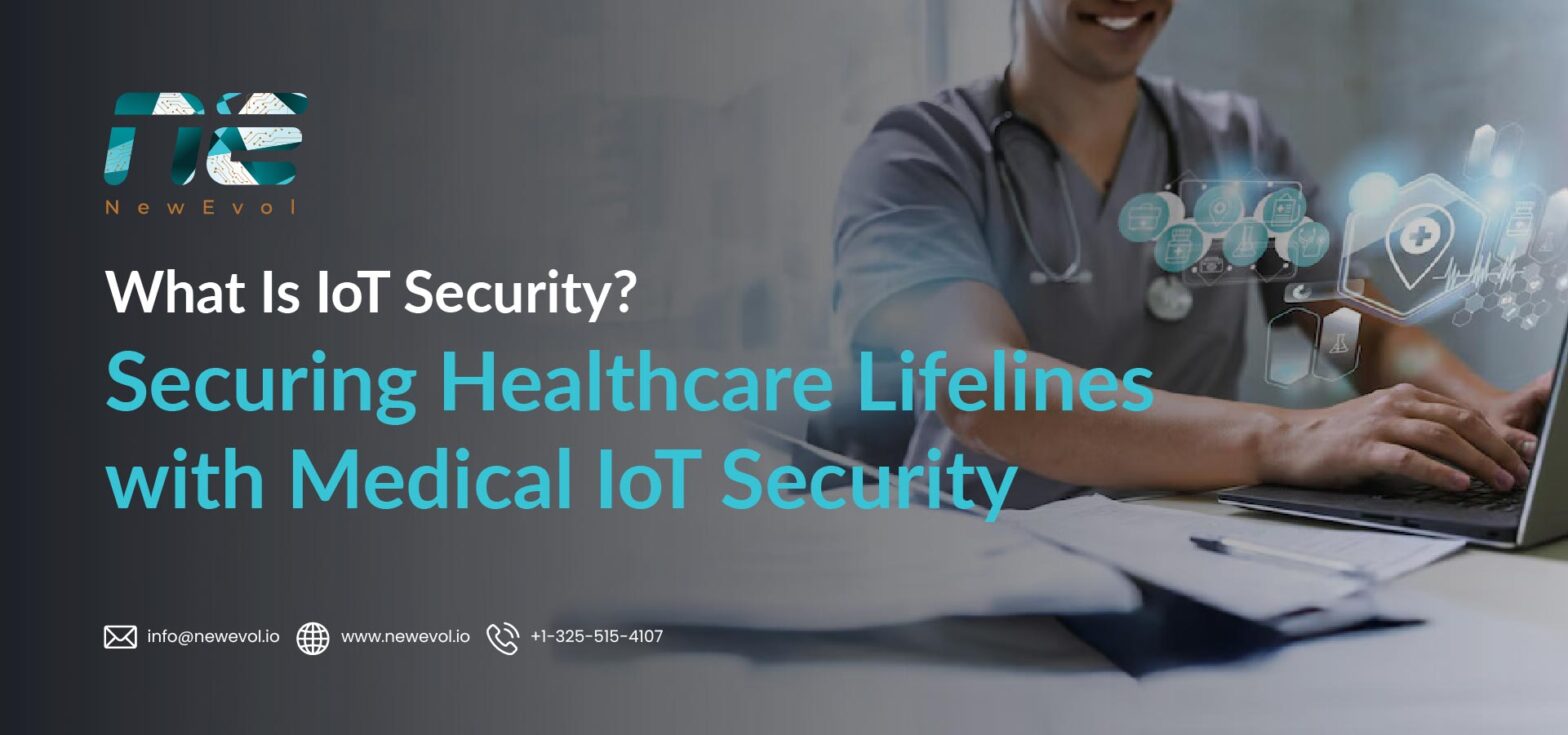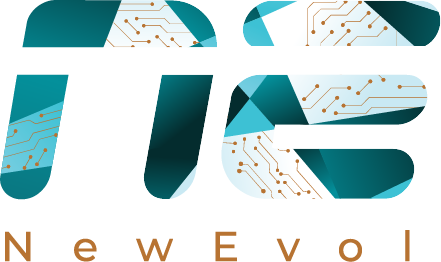Healthcare IoT Security and How to Fix Them

Walk into any modern hospital today, and you’ll notice something. Nearly everything is connected. From heart monitors that transmit patient data in real-time to centralized systems managing infusion pumps. Modern healthcare facilities run on interconnected devices. This ecosystem, commonly referred to as Medical IoT (or IoMT, Internet of Medical Things), is improving care delivery, enabling remote monitoring, and optimizing operational efficiency.
Every one of those devices is a potential entry point for cyber threats. And in healthcare, a cyberattack doesn’t just mean data loss, it can mean interrupted patient care, regulatory fallout, or even a threat to human life. That’s where IoT security steps in. In this post, we’re going to unpack what IoT security really means for healthcare, what’s at stake, and how to build a resilient defense.
What Exactly Is IoT Security?
IoT security refers to measures, technologies, and frameworks designed to protect connected devices and their networks from threats, breaches, and unauthorized access.
In the healthcare world, this includes:
- Bedside monitors
- Imaging systems
- Smart insulin pumps and pacemakers
- Wearable health devices
- Remote diagnostics tools
- Building automation systems (e.g., HVAC, lighting)
These devices collect, transmit, and sometimes even analyze sensitive data, and yet, many of them are designed without security as a primary consideration.
The Risks of Unsecured Medical IoT Devices
While medical IoT devices are transforming healthcare, their widespread adoption is also raising serious cybersecurity concerns. Many of these devices were not initially designed with security in mind, and often, they are left unpatched or run on outdated operating systems. This leaves them vulnerable to cyberattacks.
Key Security Risks Include:
- Outdated Software and Firmware: Many devices still run on legacy systems or proprietary operating systems that lack regular security updates, making them vulnerable to known exploits.
- Shadow IoT: Devices that are not formally registered in an organization’s network inventory, often installed without IT’s knowledge, creating blind spots in security visibility.
- Lack of Encryption: Sensitive patient data transmitted between devices may be vulnerable to interception if proper encryption protocols are not implemented.
- Unrestricted Network Access: Many MIoT devices are connected to flat networks without segmentation, allowing an attacker to gain access to critical systems once a device is compromised.
- Weak Authentication: Hardcoded or weak passwords on devices, or the absence of authentication protocols, make it easy for attackers to gain unauthorized access.
The impact of these risks is not just theoretical. According to a 2023 report by Cynerio, more than 53% of medical devices have critical vulnerabilities, and a significant percentage are running on outdated or unsupported operating systems. Moreover, ransomware attacks on healthcare institutions have increased by 60% in the last two years, with IoT devices often being used as entry points.
Core Challenges in Medical IoT Security
Before we talk about solutions, it’s worth understanding the unique challenges that come with securing medical IoT:
1. Device Diversity
There’s no one-size-fits-all security model. Different vendors, communication protocols, and operating systems mean a fragmented market that’s hard to standardize.
2. Limited Resources
Many IoT devices are designed with limited processing power and memory, making it difficult to run traditional security software or encryption protocols.
3. Lack of Visibility
You can’t protect what you can’t see. Many hospitals don’t have an up-to-date inventory of all connected devices, let alone insight into how they’re behaving.
4. Weak Authentication
Default credentials are alarmingly common, and some devices don’t support multi-factor authentication or even basic password rotation.
5. Patch and Update Limitations
Unlike desktop systems, medical devices often can’t be patched easily, either due to regulatory restrictions, vendor dependencies, or fear of disrupting clinical functions.
A Strategic Approach to Medical IoT Security
So how do we tackle these challenges? The answer lies in a layered, strategic approach. Here’s what that looks like:
1. Asset Discovery and Real-Time Visibility
The first step is knowing what’s on your network. This means continuous, automated discovery of all connected devices, down to their make, model, firmware version, and communication patterns.
Using passive monitoring (instead of active scanning, which can disrupt fragile devices) is key here. AI-driven tools can baseline normal behavior and quickly flag anomalies.
2. Network Segmentation
Not every device needs access to the entire network. Micro-segmentation, isolating devices into secure zones, helps limit the impact of a compromised system. For example, a smart thermostat shouldn’t be able to talk to a medication dispensing system.
Zero Trust principles apply here: no implicit trust, even within internal networks.
3. Behavioral Analytics and Threat Detection
With traditional antivirus and endpoint protection off the table for most IoT devices, the next best thing is behavioral analytics.
By analyzing traffic patterns, communication frequency, and command structures, intelligent systems can detect when a device starts acting abnormally, such as sending data to an unknown server or attempting lateral movement across the network.
4. Vulnerability and Patch Management
Where patching is possible, it needs to be tightly managed and tracked. When it’s not, compensating controls, like network-level blocks or access restrictions, must be applied.
Working with vendors to ensure timely firmware updates is also crucial. Procurement decisions should include cybersecurity criteria from the beginning.
5. Policy Enforcement and Access Control
Each device should have a clearly defined purpose and policy, who or what it can communicate with, when, and how. Default credentials must be replaced, and secure authentication enforced wherever possible.
Some organizations are now building IoT-specific access policies into their SIEM and SOAR platforms for better centralization and automation.
How NewEvol Supports Healthcare IoT Security
At NewEvol, we recognize that securing healthcare IoT is more than a compliance checkbox, it’s a mission-critical operation.
Our advanced threat management platform offers:
- Comprehensive asset visibility, including device fingerprinting and risk scoring
- Anomaly detection powered by machine learning, customized for medical device protocols
- Real-time alerts and contextual threat correlation, integrated with your existing security stack
- Automated response workflows, reducing manual effort and accelerating incident containment
We don’t just identify risks, we empower you to act on them swiftly, with confidence and precision.
Final Thoughts
The convergence of healthcare and IoT brings incredible promise, but also unprecedented risk. It’s no longer enough to focus on traditional IT systems. Security strategies must evolve to encompass every connected device, from the ER to the ICU. In the world of healthcare, security is about more than protecting data, it’s about protecting people. Medical IoT security is the digital backbone of safe, reliable care delivery. With the right visibility, intelligence, and tools, healthcare organizations can not only defend against threats but build a proactive, resilient foundation for the future.
FAQs
1. How can healthcare organizations solve IoT security problems?
By gaining real-time visibility into all connected devices, segmenting networks, applying behavior-based threat detection, enforcing strong access controls, and integrating IoT security policies into centralized platforms like SIEM and SOAR.
2. What are the security and privacy issues with IoT in healthcare?
Key concerns include outdated software, unencrypted data transmission, weak authentication, flat network architecture, and poor device visibility—putting both patient data and care delivery at risk.
3. How is IoT used in healthcare today?
IoT enables real-time monitoring, smart drug delivery, remote diagnostics, and building automation. These innovations improve care quality and operational efficiency but increase cybersecurity exposure.
4. What are the best practices to mitigate risks in healthcare IoT?
Follow zero trust principles, maintain device inventory, replace default credentials, monitor device behavior passively, and prioritize secure procurement and timely patching in collaboration with vendors.

